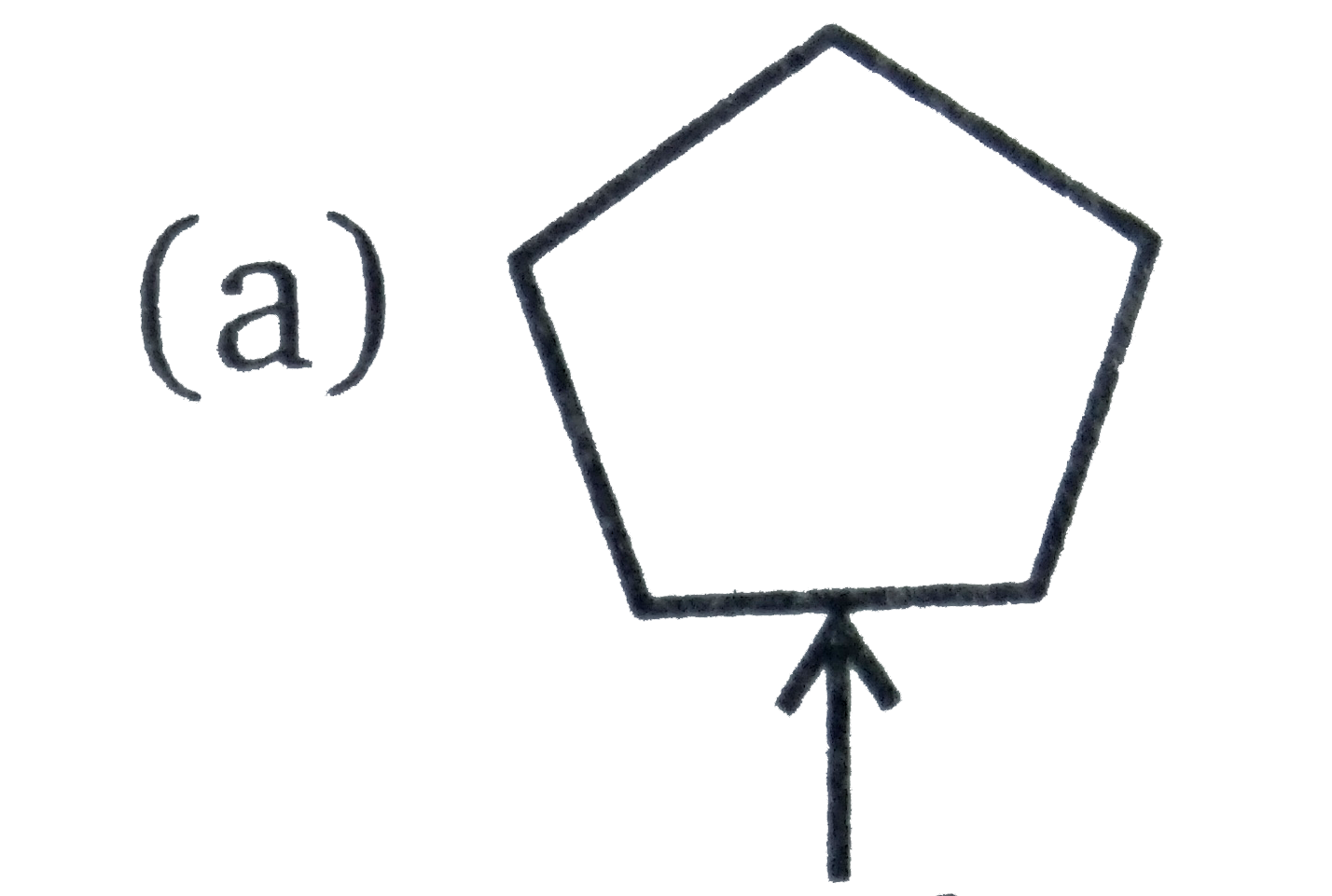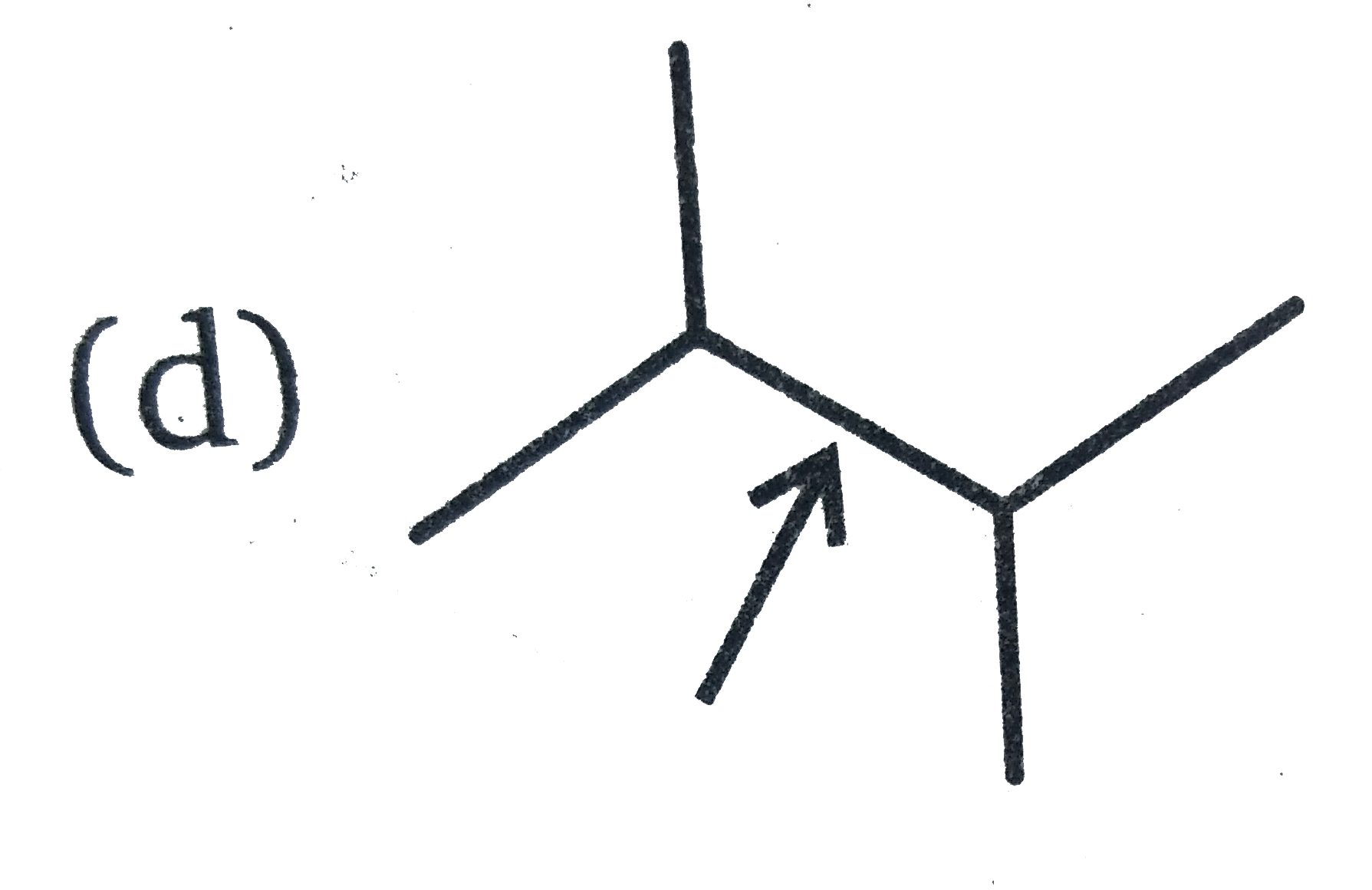Which of the following has the lowest barrier to rotation about the indicated bond ?




The correct Answer is:C
To determine which of the given options has the lowest barrier to rotation about the indicated bond, we need to analyze the nature of the bonds in each option and the factors that affect rotation. Here’s a step-by-step solution:
Step 1: Identify the Bond Type
- Single Bonds: These bonds allow free rotation because they have no restrictions.
- Double Bonds: These bonds have restricted rotation due to the presence of a π bond, which does not allow for rotation without breaking the bond.
- Steric Hindrance: In cases where bulky groups are present near a bond, even a single bond may have restricted rotation due to steric crowding.
Step 2: Analyze Each Option
1. Option A: Contains a single bond in an acyclic system. This bond allows for rotation but may have some restrictions depending on the molecular structure.
2. Option B: Contains a double bond or resonance structure. This bond has a higher barrier to rotation due to the partial double bond character.
3. Option C: Contains a single bond in a straight-chain system. This bond allows for free rotation without any steric hindrance.
4. Option D: Contains a single bond but has bulky groups on either side, leading to steric hindrance which restricts rotation.
Step 3: Compare the Barriers to Rotation
- Option A: Moderate barrier due to acyclic structure.
- Option B: High barrier due to double bond character.
- Option C: Lowest barrier due to single bond in a straight-chain structure.
- Option D: Higher barrier due to steric hindrance despite being a single bond.
Conclusion
Based on the analysis, Option C has the lowest barrier to rotation about the indicated bond because it is a single bond in a straight-chain system, allowing for free rotation without steric hindrance.
Final Answer
Option C has the lowest barrier to rotation about the indicated bond.
---
- Single Bonds: These bonds allow free rotation because they have no restrictions.
- Double Bonds: These bonds have restricted rotation due to the presence of a π bond, which does not allow for rotation without breaking the bond.
- Steric Hindrance: In cases where bulky groups are present near a bond, even a single bond may have restricted rotation due to steric crowding.
1. Option A: Contains a single bond in an acyclic system. This bond allows for rotation but may have some restrictions depending on the molecular structure.
2. Option B: Contains a double bond or resonance structure. This bond has a higher barrier to rotation due to the partial double bond character.
3. Option C: Contains a single bond in a straight-chain system. This bond allows for free rotation without any steric hindrance.
4. Option D: Contains a single bond but has bulky groups on either side, leading to steric hindrance which restricts rotation.
- Option A: Moderate barrier due to acyclic structure.
- Option B: High barrier due to double bond character.
- Option C: Lowest barrier due to single bond in a straight-chain structure.
- Option D: Higher barrier due to steric hindrance despite being a single bond.
Based on the analysis, Option C has the lowest barrier to rotation about the indicated bond because it is a single bond in a straight-chain system, allowing for free rotation without steric hindrance.
Option C has the lowest barrier to rotation about the indicated bond.
Topper's Solved these Questions
- GENERAL ORGANIC CHEMISTRYBook:MS CHOUHANChapter:GENERAL ORGANIC CHEMISTRYExercise:LEVEL- 1
Explore 1 Video
- FAMILIES OF CARBON COMPOUNDS: FUNCTIONAL GROUPS AND INTERMOLECULAR FORCES Book:MS CHOUHANChapter:FAMILIES OF CARBON COMPOUNDS: FUNCTIONAL GROUPS AND INTERMOLECULAR FORCES Exercise:ADDITIONAL OBJECTIVE QUESTIONS ( Matrix Match Type )
Explore 4 Videos
- GRIGNARD REAGENTSBook:MS CHOUHANChapter:GRIGNARD REAGENTSExercise:Level 1 (Q.61 To Q.66)
Explore 1 Video
Similar Questions
Knowledge Check
Which of the following has lowest B.P
ACH3−CH2−CH2−NH2BCH3−CH∣NH2−CH3CC2H5−NH−CH3D(CH3)3NWhich of the following has the lowest density?
ABeBMgCCaDSrWhich of the following has the lowest solubility
ACaF2BCaCl2CCaBr2DCaI2
Which of the following has lowest kb value ?
View SolutionWhich of the following has the lowest frequency?
View SolutionWhich of the following has the lowest melting point?
View SolutionWhich of the following has the lowest melting point?
View SolutionWhich of the following has the lowest dipole moment?
View Solution